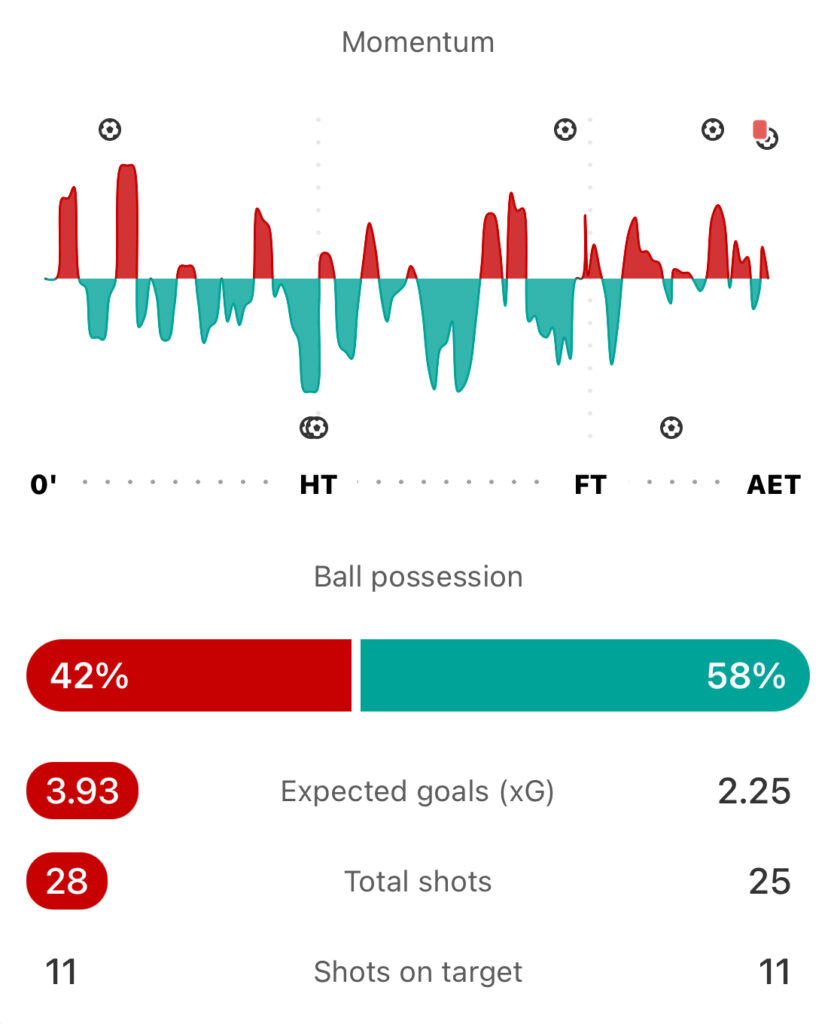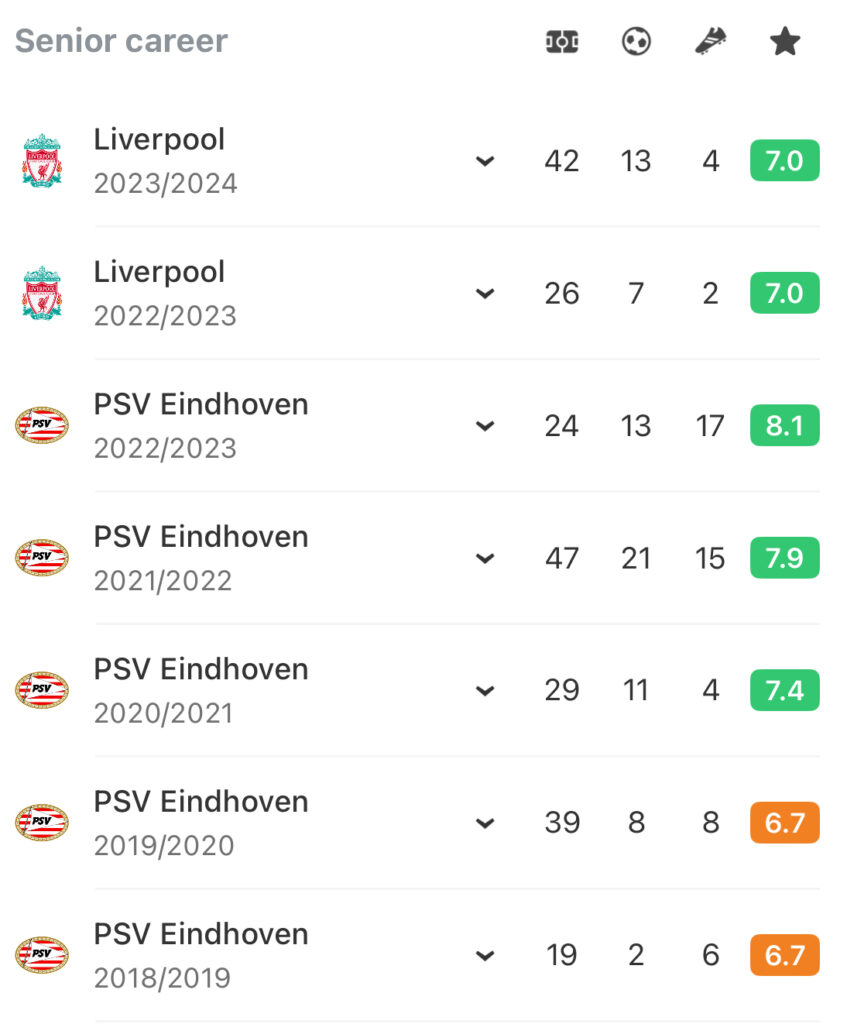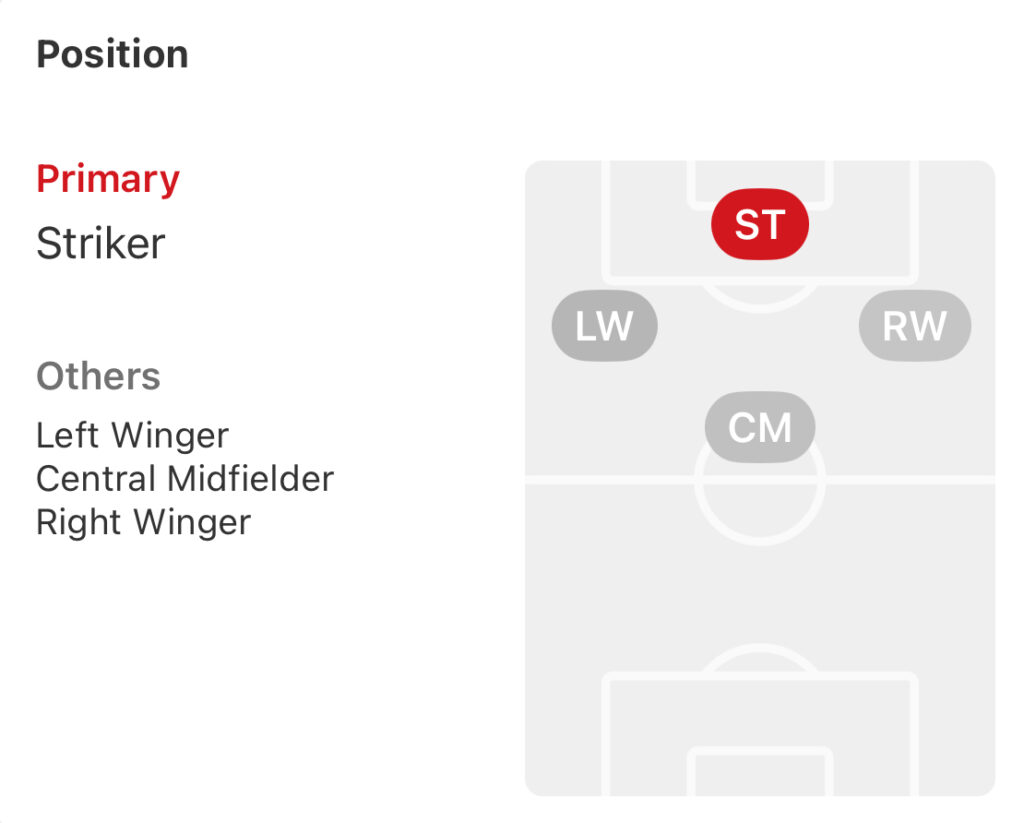Cody Gakpo is Liverpool’s latest scapegoat – but his struggle is not all his fault
Liverpool striker Cody Gakpo came in for major criticism following the 4-3 loss to Manchester United in the quarter-finals of the FA Cup, but does the Dutchman really deserve to be a made a scapegoat?
By Jack Lusby, ThisIsAnfield.com
After only their fifth defeat of the season – and only their third meaningful loss after two in a Europa League group they still topped – it is no surprise that, as Liverpool exited the FA Cup at the hands of Manchester United, supporters looked for a fall guy.
“Gakpo plays like the game is in slow motion,” was Jamie Carragher’s verdict shortly before full-time at Old Trafford.
A second-half replacement for Mohamed Salah – who, while fasting, is also still working his way back from a long-term injury – Cody Gakpo was apportioned a considerable measure of the blame for the Reds’ 4-3 loss.
There was the hallmark moment as he led a five-on-two counter at 2-1 up, with the Dutchman delaying his pass to Harvey Elliott as the move somehow broke down, but Gakpo was more widely criticised for a perceived lack of urgency.
He was not expected to be the best player on the pitch, but the minimum Liverpool fans expect is maximum effort and the No. 18 appeared slow, sluggish, and unwilling to hound Manchester United players like, say, Darwin Núñez or Luis Díaz had throughout the afternoon.

While he joined his Netherlands team-mates the following day ahead of friendlies against Scotland and Germany, the fury over Gakpo’s role in Liverpool’s departure from the FA Cup has only intensified – sadly, including personal abuse from so-called fans on his public Instagram page.
That is an unfortunate byproduct of the magnifying glass of modern football, and it is important to note that, by and large, does not reflect the stance of most supporters who attend games and follow closely around the world.
However, there remains a conversation to be had whether Gakpo suits the style of play of the Liverpool of this season, despite having slotted in so effectively in the second half of the previous campaign.
Gakpo’s £37 million move from PSV Eindhoven was a welcome boost at a time when Jürgen Klopp’s side were not at their best; the announcement landed between victories over Aston Villa and Leicester, but one win in the next seven games, including losses to Brentford, Wolves and twice to Brighton, summed up their malaise.

A free-scoring left winger for PSV, the plan for Gakpo was instead to convert him to a striker, using his height, technical quality and ability to ghost into the box to effectively replace the departing Roberto Firmino as Liverpool’s new false nine.
Except, the long-term plan was never to build around a false nine, with the nurturing of Núñez – an archetypal, out-and-out centre-forward – signposting the plan for the future.
Núñez, by Klopp’s and likely his own admission, was unable to fully adjust to the demands of leading the line at Anfield during his first campaign, but after beginning this season behind Gakpo in the pecking order, there are few who would now argue against the Uruguayan as first choice.
The Liverpool who have already won the League Cup and are fighting convincingly to lift the Premier League and the Europa League are far removed from the Liverpool of last season – and even, it should be said, of the Liverpool who enjoyed trophy-laden success under Klopp previously.
That is largely due to a shift in emphasis towards the midfield. Whereas before, the manager relied upon industry in the middle of the park, the additions of Alexis Mac Allister, Dominik Szoboszlai, Wataru Endo and Ryan Gravenberch, along with the development of Curtis Jones, have ensured Liverpool’s midfield is now their driving force.
While that suits Núñez as a barnstorming No. 9 who almost exclusively wants the ball played in front of him, it does not so much Gakpo, who excelled with the ball to feet, dropping deep, linking play and allowing others around him to flourish.

As a result, Gakpo has found himself shifting around throughout a campaign in which only five players have clocked more minutes on the pitch for Liverpool. Of his 42 appearances, 20 have come as a striker, with eight on the left wing, seven on the right and seven in midfield – even that does not account for the number of times he has been required to switch positions mid-game.
That, it should be stressed, goes a long way to explain why the 24-year-old may often struggle to impose himself either as a starter or off the bench. Those who are fortunate enough to be seated closer to the dugout on matchdays have noted that it is Gakpo who most often finds himself being roared at by Klopp in the technical area, the manager and assistant Pepijn Lijnders seemingly coaching his positional game in realtime.
It is perhaps no wonder then that Gakpo was sent into the maelstrom of an FA Cup tie at Old Trafford – which Liverpool were dominating but showed little intention of extending their 2-1 lead – and struggled to get to grips with the task at hand.
Whether that excuses the drop in intensity apparent when he entered the pitch, however, is another matter entirely.
Gakpo is not the first player who has found himself a scapegoat for Liverpool’s failings – under Klopp alone, the likes of James Milner, Jordan Henderson, Adam Lallana, Gini Wijnaldum, Alex Oxlade-Chamberlain, Emre Can and Lucas Leiva have endured similar treatment – but it undoubtedly comes at a time when he is grasping to find his identity on the pitch.
That this is the discourse for a player who has scored 13 goals and assisted a further five already this season, with the third-most goal contributions for Liverpool behind only Salah and Nunez, speaks to the ridiculously high standards this side are now held by.
But with Klopp’s time at the club drawing to a close, it will certainly be interesting how Liverpool’s new regime takes to a signing who, by all accounts, was driven by Klopp and Lijnders rather than those within the club’s wider recruitment setup.
With Michael Edwards returning as CEO of Football for owners Fenway Sports Group and Richard Hughes appointed as sporting director, they along with the new manager will undoubtedly have different opinions to those they replace.
But in a season that could still conclude in historic fashion for Liverpool, to pin the blame for an impressively rare defeat on any one player would be unfair.
(Images from IMAGO)
To keep up to date with everything Liverpool, make sure you click follow on the team profile in the FotMob app. Download the free app here.